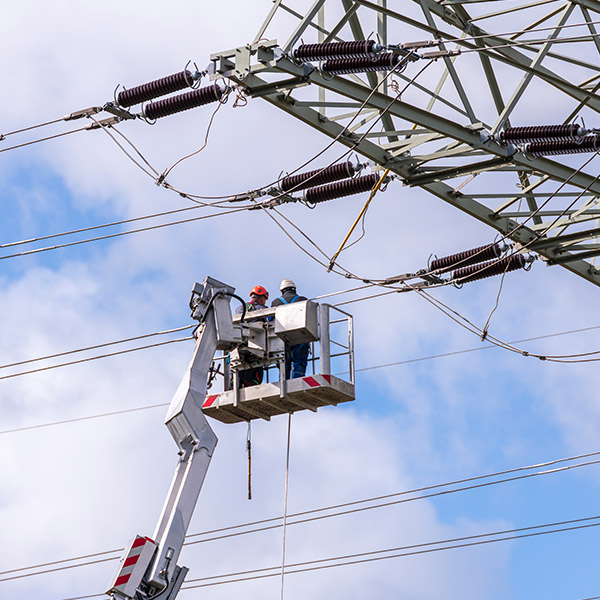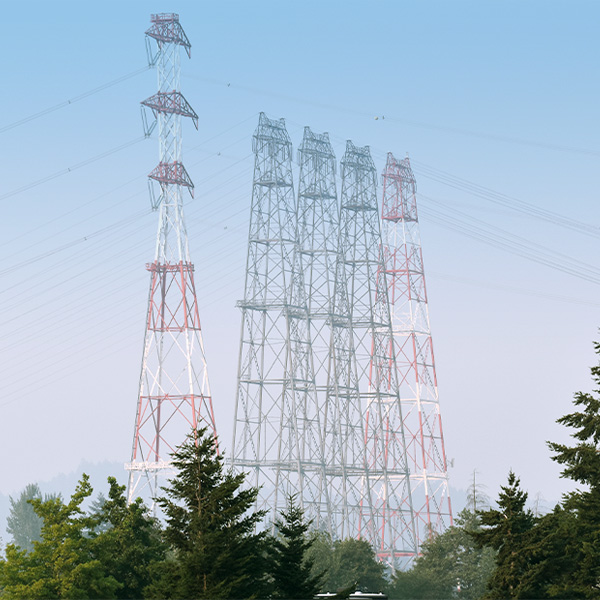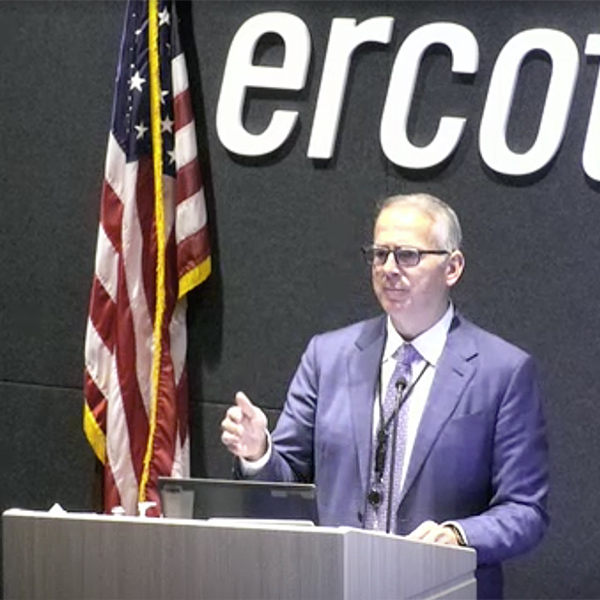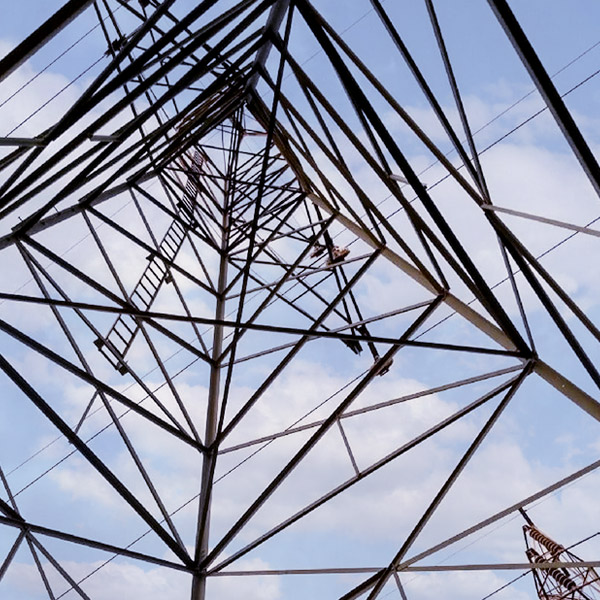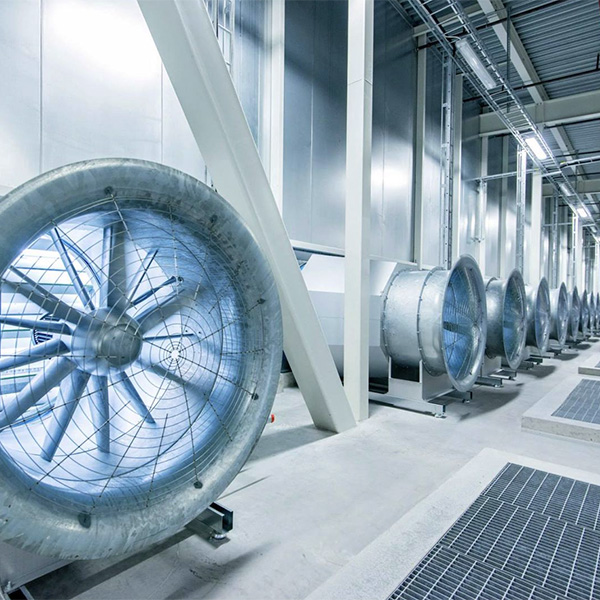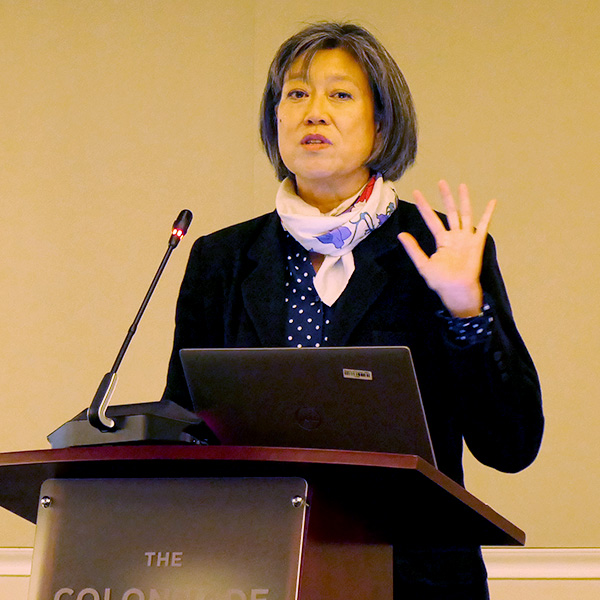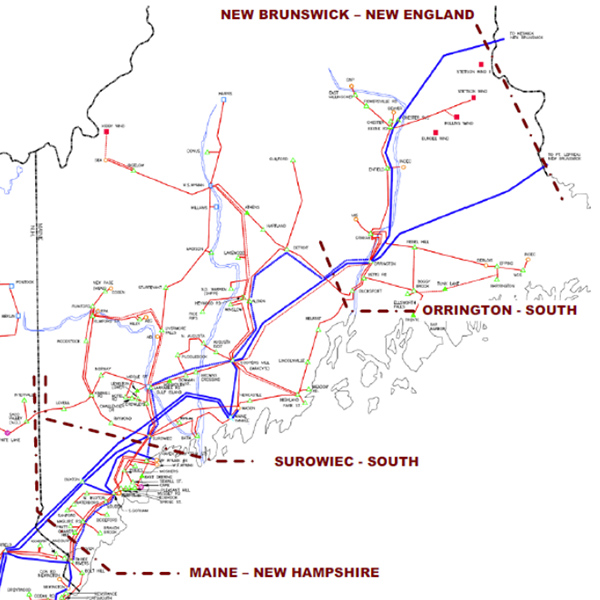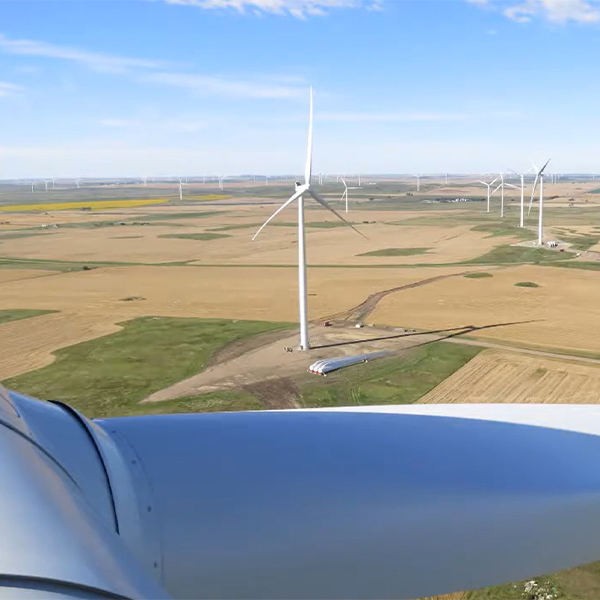Transmission
FERC's Office of Enforcement and PSE&G reached an agreement imposing a $6.6 million penalty on the utility over allegations it provided PJM with inaccurate information about the condition of a transmission line in New Jersey.
FERC rejected proposals from PJM and its transmission owners that would have changed regional planning, by moving those rules to the tariff from the operating agreement, while also giving transmission owners more authority over the process.
Stakeholders urged the Bonneville Power Administration to provide more transparency regarding the agency’s multibillion-dollar initiative to build and upgrade transmission to address evolving challenges for the region's grid.
ERCOT’s Board of Directors signed off on staff’s recommendation to move forward with executing an RMR contract for CPS Energy’s Braunig Unit 3, deferring a decision on the gas plant’s other two smaller units.
Former FERC commissioners discussed Order 1920-A and its accommodations to states, which could complicate compliance processes but also lead to more support for expanding the grid.
Clean energy organizations are prodding MISO to contemplate prospective load and generation simultaneously, with Clean Grid Alliance asking MISO to coordinate its annual transmission studies with its interconnection queue studies.
FERC Commissioner Judy Chang emphasized the importance of demand response, long-term transmission planning and gas-electric coordination in her address to the NEPOOL Participants Committee meeting.
BPA hit all its reliability goals in fiscal year 2024 despite massive wildfires, peak load records and public safety power shutoffs, according to agency staff.
Stakeholders expressed widespread support for the goals of NESCOE’s proposed procurement of transmission solutions in Maine and New Hampshire, while offering differing views on the scope and format of the solicitation.
MISO officially decided it will forgo acceptance of a 2024 queue cycle of projects while it works with Pearl Street to automate interconnection studies.
Want more? Advanced Search

